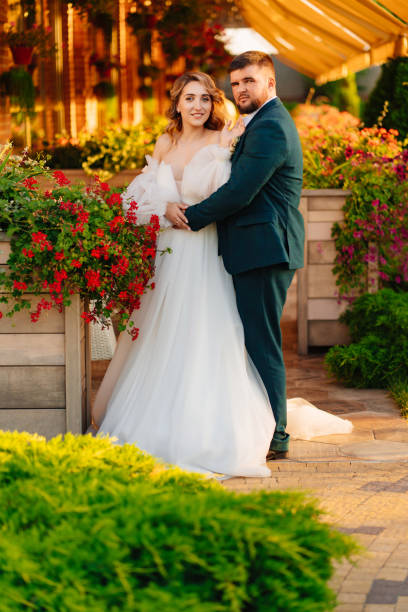Flowers have been a symbol of love and affection since the beginning of time. The humble bouquet is a symbol of love that dates back to ancient times when bundles of grain were given as a sign of fertility. Your wedding day is a celebration that reflects your passion for your partner. Every element of the big day should reflect the future union you will have. The flowers you choose should also remember your love story.
He loves me; he does not love me.
Your bouquet will be the most important wedding accessory, right up there with your sparkling new engagement ring. Knowing which flowers to use for your wedding is important. While some flowers may have sentimental value or are a favorite, it’s also essential that you feel confident when you walk down the aisle.
The Lull Floral and Events team has a few blooms that you should avoid at your wedding. Wallington and Mansfield say that hydrangea is fragile and does not look its best when it’s not properly hydrated. Wallington and Mansfield explain that bougainvillea is tough in the garden but wilts quickly when cut.
The pair explains that garden roses are the flowers that most interest them. Locally grown garden flowers with lovely scents are underused flowers we’d love to use for our event work. While they may not be as durable as roses that are bred for floristry, they do add a garden-like charm.
Avoid any laurel or other poisonous plants when creating a tablescape, especially if small children will be present. We would avoid bougainvillea for your bouquet because it is not long-lasting and tends to droop quickly. The pair says that some grevilleas may cause skin allergies, so they would not use these plants. There are no plants that the pair would not use, but they do find that a rigid and structured arrangement style is not suited to their style.
Wallington and Mansfield recommend choosing the “correct flower for the season” if you are looking to create something more structured. The florists advise: “Purchase fresh, high-quality blooms. Prepare and process them well before you use them. Keep the blooms hydrated and in a cool place for as long as is possible, up until your wedding date. Mist the bouquets or arrangements after they are made.” These measures will increase the shelf life of flowers and ensure a beautiful floral arrangement.
In Native Terms
Australia’s unique native flora, fauna, and landscapes are unlike anything else on Earth. The brides are increasingly choosing native blooms because they are more affordable and suitable for rural weddings. Wallington and Mansfield explain that “most of the flowers the brides call native are actually native to South Africa, as the popular proteas, leucadendrons, and other popular flowers are not native to Australia.” They do, however, complement our native gums and acacia leaves beautifully.
Lull Floral and Events says that “eucalyptus leaves, acacia leaves, and banksia” are their top three native Australian plants and flowers to use. Many native plants and blooms are readily available throughout the year, but there are still some that have a seasonal availability. The pair explain that “eucalyptus is difficult to find in winter and early Spring” because of winter damage. The king proteas are less common in September and October, and smaller blooms of proteas are scarce between June and November. Wallington and Mansfield point out that leucadendrons can be found throughout the year, except during the summer months when it is hotter. This is important for anyone who wants to make the most of Western Australia’s dry summer months.
Wallington and Mansfield say that while no wedding planning is seamless, the issue of seasonal and reduced availability can be “best addressed by early communication and informing the couple what is likely to be available.” We also remind the couples that flowers are a natural gift and are subject to weather changes.
Back to Nature
The boho and rustic themes are becoming increasingly popular at laid-back weddings. Selecting flowers to complement these themes can be a difficult task. The florist duo uses “soft neutrals, blush pinks,” and some preserved and dried floral ingredients to create a boho feel. The rustic theme lends itself to more robust flowers such as banksia, protea, leucodendron acacia, and eucalyptus foliage. If the setting is full of natural charm and soft-toned old timber, then soft, romantic, cottage-garden style flowers like fragrant roses (love-in-a-mist), spring flowering bulbs (foxgloves, scabiosa, delphiniums) are beautiful to use.
You have the final say on your wedding day. Whether you go the traditional route or not is entirely up to you. The choice of flowers doesn’t affect the overall theme or atmosphere of the wedding. The shape and style of the arrangements, vases, and other items can also affect the atmosphere. A tight, neat arrangement may be better suited to a formal wedding, while a loose garden arrangement in a rustic vase would work for a rustic wedding.
